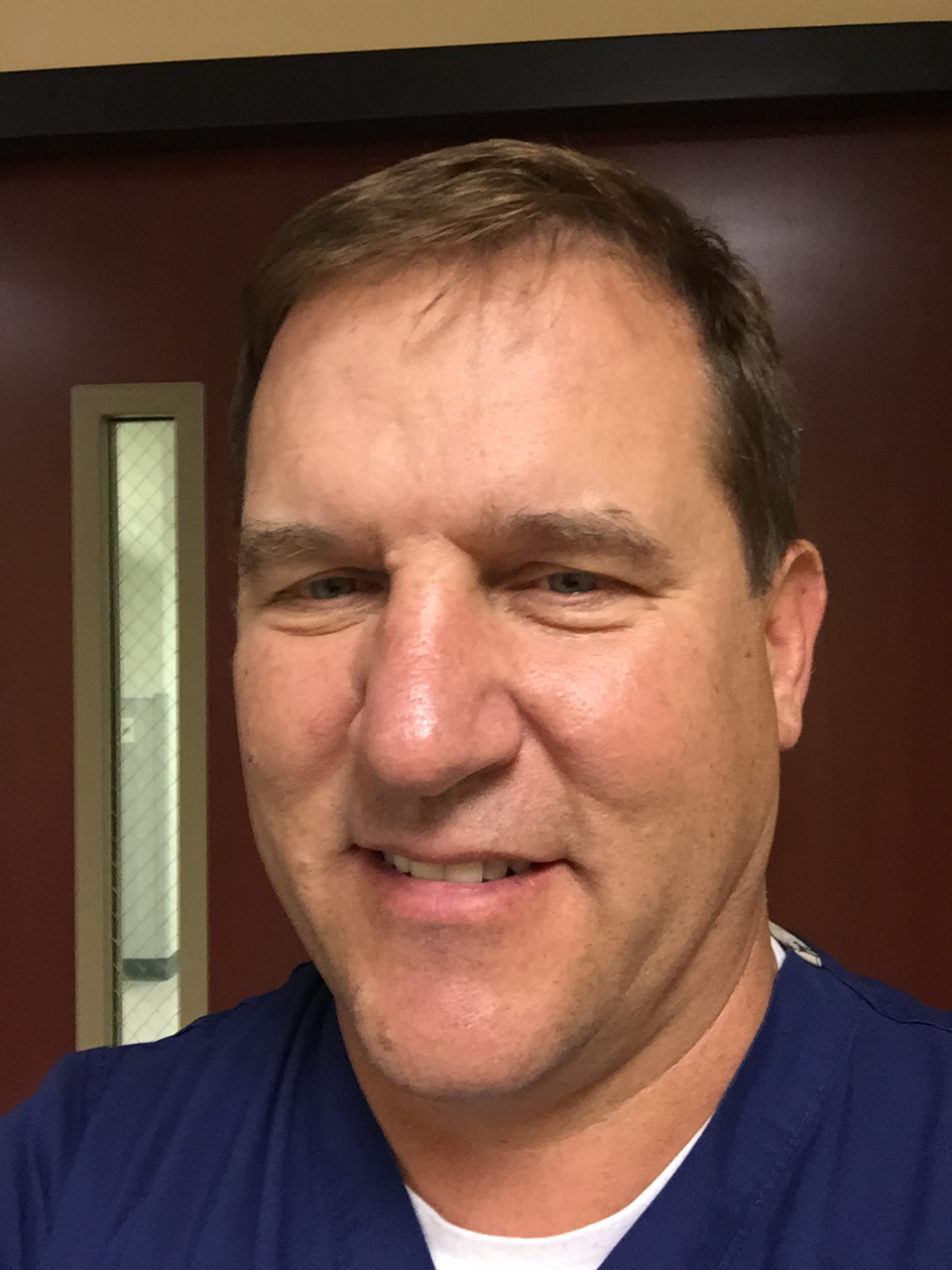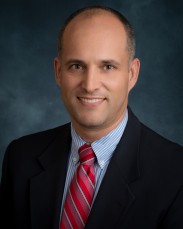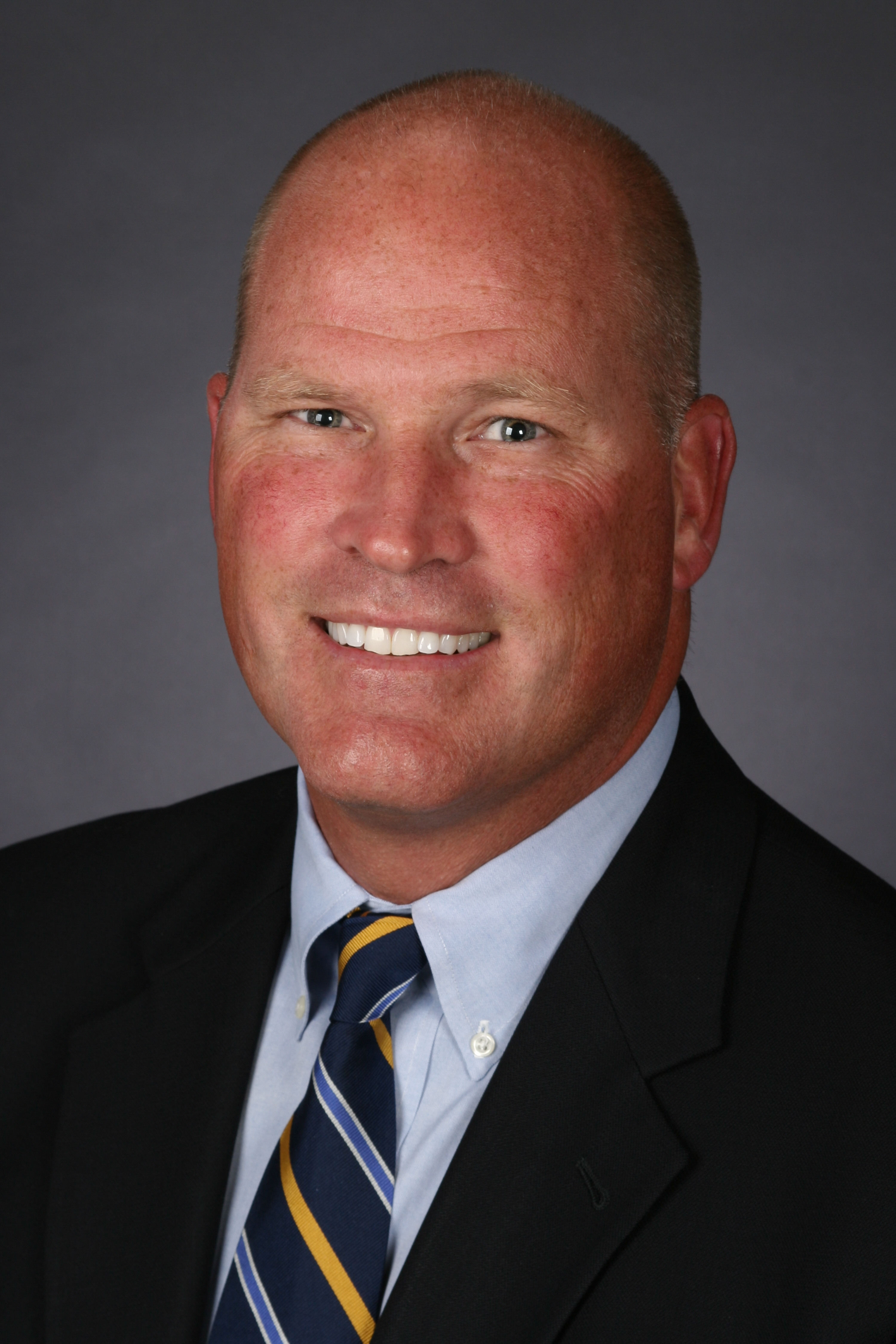Successfully performing total joint replacement surgeries in ambulatory surgery centers requires establishing and observing criteria for appropriate patient selection.
Here, three orthopedic surgeons discuss patient selection for TJR procedures in outpatient settings.
Q: What kinds of patients are best to bring in for total joint replacement procedures in an ASC?

Thomas Eickmann, MD, of Cornerstone Orthopaedics & Sports Medicine (Colo.): Patient selection criteria are based largely off health status. I, as a surgeon, determine American Society of Anesthesiologists (ASA) classification for each patient. An ASA 1 is a healthy patient. An ASA 2 is a patient that has some medical problems that don’t interfere with their life. ASA 3 is a patient that has medical problems that interfere with their life.
We extensively screen our patients and allow only ASA 1s or 2s. We also would not perform surgery on people who have arrhythmia or are taking blood thinners. I have an anesthesiologist that works at the center and helps screen patients. Sometimes the anesthesiologist will screen out a patient I think is okay. I can't stress enough how important it is to collaborate with an anesthesiologist looking out for potential health problems that might derail you.
I select a patient in the clinic and refer them to the ASC. Pre-surgery testing for patients occurs at the center, where the anesthesiologist meets them, interviews them and on occasion tells me they are not an appropriate candidate. I almost always agree with the anesthesiologist's assessment. The advantage of having surgery in an ASC is the more personalized level of customer service the ASC is able to provide compared to a traditional hospital setting. You get rid of this mentality of being sick. The patient thinks they are just stopping in for surgery and then they are going home. ASCs are more upbeat and maintain a culture of wellness; everyone is on the same page of getting the patient safely home.
Robert Hartman MD, Minnesota Valley Surgery Center (Brunsville): The optimal patient for an outpatient total joint procedure is a young, active individual with few or no medical comorbidities, a willing and understanding spouse or significant other at home, and a BMI under 40. Medicare does not recognize outpatient total joint surgery other than partial knee replacement, therefore, with the exception of partial knee replacement, Medicare patients are excluded by definition.
 For cautions or concerns, the ideal total joint candidate must have few or no medical comorbidities. Concerning conditions are sleep apnea, cardiac disease, diabetes mellitus or other neuromuscular disorders that might impair mobility. Additionally, patients must have a clear understanding of the nature of an outpatient procedure as well as their responsibility regarding pain management, physical therapy and mobility.
For cautions or concerns, the ideal total joint candidate must have few or no medical comorbidities. Concerning conditions are sleep apnea, cardiac disease, diabetes mellitus or other neuromuscular disorders that might impair mobility. Additionally, patients must have a clear understanding of the nature of an outpatient procedure as well as their responsibility regarding pain management, physical therapy and mobility.
It is particularly concerning if patients live in multi-level homes, or do not have a spouse or significant other who have a clear understanding of what is required to assist the patient during the recovery phase. Additionally, patients who do not fully understand the nature of the procedure, their requirements or how to manage pain are typically poor candidates.
The greatest concerns are falls following total joint replacement, immobility which could lead to pneumonia, urinary tract infections, lower extremity blood clots and a poor understanding of how to utilize pain medications, which could result in either over-medication or under-medication.
Q: What precautions or concerns do physicians have regarding this procedure in an outpatient setting?
TE: (1) Willingness of patient, (2) contractual relationships and (3) adequately managing a patient’s pain. The patient obviously needs to be willing to have their procedure performed in the ambulatory setting. When I first started utilizing the ASC setting for total joints, it was difficult to find a patient willing to be the first one… and then it got easier and easier.
The biggest impediment of all was the contractual relationship the ASC has with its payors. Getting those contracts in place is the challenging part and can take a long time. Payors are usually on a one- or two-year rotation and everybody is hesitant to open that contract up when it comes due. Sometimes ASCs can even lose money on a TJR case. I was good to go with one payor starting off, developed a track record and then took that record to other payors. Some had concerns about safety and some were fine, but their contract had unfavorable terms for both me and the ASC. It took time, but now all the commercial payors are on board.
As for patients, their pain control needs to be dialed in. I actually don't take patients if they are on more than two Percocet equivalents per day. If the patient is on chronic narcotics such as morphine or methadone, they will be much more difficult to manage post-op because their system has tolerance to pain medications.
RH: It is incumbent upon the surgeon to spend time with both the patient and their spouse or significant other prior to surgery to help them understand the nature of outpatient surgery. Outpatient total joint replacement requires both the patient and their care giver understand how to deal with impaired mobility in the first several days following surgery. This impacts the ability to get to the bathroom, the ability to get dressed, the ability to leave the home, and in many cases the ability to get up and down one or two flights of stairs.
Additionally, it is important that patients understand how to manage their wounds, and how to manage pain medications and nausea. Finally, it is also important that patients and their care givers understand the need for stool softeners and cathartics to manage their bowels. In our institution, both the surgeon and the physician assistant spend a significant amount of time with the patient and their caregiver prior to the operation. We provide a packet of information outlining and answering frequently asked questions, and providing information to access the social worker.
My website also has links to frequently asked questions, rehab protocols, and so forth.
MR: The advances in anesthesia, pain control, perioperative monitoring, pre-op screening along with abundant preparation via education of the patient and helping family and/or friends has allowed for accurate assessment of risk. We have less than 0.5 percent of patients requiring hospital admission in the 60 days post procedure. Less than 25 percent of our patients require an inpatient rehabilitation facility after discharge.
Q: How well do surgeons educate patients on what an outpatient total joint replacement consists of?
RH: Prior to the surgery, each patient receives a call from the surgery center to review the use of preoperative medications for minimizing pain, the proposed anesthesia, the operative procedure, and the post-operative requirements. When patients are discharged, they are discharged with teaching materials. All patients are seen by a physical therapist for instruction in gait training prior to leaving the institution.
We are in the process of putting together a CD to provide patients upon discharge. Presently there are pre- and post-operative rehab protocol linked to my website for easy patient access.
MR: I hope adequate time is allowed for education. My staff and I spend at least two to three hours reviewing all aspects of perioperative care for patients undergoing ambulatory total joint arthroplasties. Some patients and family require, or want four to five hours of education. Generally, the more rural the patients live, the more self-sufficient they are. If they cut, split and dry their own firewood for heat, we're fairly sure they will love their outpatient surgery experience.
Q: What technologies are crucial in making these procedures successful?
TE: In the past there's been confusion about whether minimally invasive surgery (MIS) leads to more rapid outcomes which works well in the outpatient surgery environment. I'm actually doing standard approaches that are very reproducible. It's through better pain control methods, better psychological management and pre-operative education that we are able to send patients home with a standard approach.
The psychological management is about anxiety reduction techniques before the surgery and delivering exactly what you prepared them for so their expectation of what is going to happen and what actually happens is exactly the same. We repetitively drill into their minds what's going to happen. I find that to be very powerful; when expectations and delivery match.
RH: The technologies crucial to success of the surgery center are multi-disciplinary. For example, our anesthesiologists have created a preoperative medication cocktail to help minimize pain and minimize the use of narcotics postoperatively. We try to do most of all of our total joint replacements under a light general anesthetic or spinal anesthetic. If a general anesthetic is used, all patients receive a peripheral nerve block. At the time of surgery, the posterior capsule of the knee and the peri-articular soft tissues of the hip are injected with a long-acting local anesthetic.
Finally, from a more technical standpoint, minimally invasive techniques are used for both hip and knee replacements. The direct anterior approach has been more favorable for rapid patient mobilization and less postoperative pain. Most direct anterior approach total hip patients are capable of going home on the same day of surgery. The most recent addition to the total joint program has been MAKOplasty. The use of the MAKO robotic-assisted arm has allowed for smaller incisions, less tissue disruption, less postoperative pain, and in general faster patient recovery.
MR: Actually very few "cutting edge" technologies are needed. Outpatient joints should be possible in the hospital setting before the surgeon and support staff move these into an ASC. Basic and long proven medications, techniques and counseling for controlling pain, nausea, anxiety and bleeding are utilized.
Patient selection, peri-articular blocks, preparation via education concerning home equipment, "prehab" for safe ambulation and transfers, adequate pain control measures (especially emphasizing the need for extremity elevation) and the availability of professional support by telephone or at home check-ups are key aspects of our program. We've found that intravenous acetaminophen is quite helpful prior to discharge home or transfer to a rehabilitation facility.
There has been much discussion regarding the use of femoral nerve blocks for controlling pain in knee arthroplasty. We have found blocking the saphenous nerve, a sensory nerve, is as effective for pain control while avoiding disabling the patient's quadricep muscle.

